ECONOMIC development and jobs or toxic waste and radiation? The Lynas rare earth refinery in Gebeng, Kuantan was granted a temporary operating license by the Atomic Energy Licensing Board on 1 Feb 2012. Lynas claims its company contributes towards “sustainable development” and helps create jobs as rare earth materials are increasingly being used to manufacture green technology products.
But thousands gathered on 26 Feb 2012 to oppose the plant, pointing out that the process of refining rare earths is toxic, which may impact local communities and the environment if not handled properly. This was the case with a plant in Bukit Merah, which left behind radioactive waste.
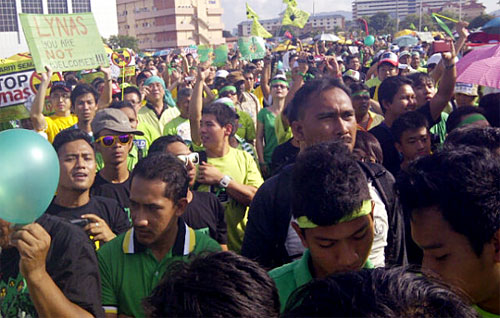
So, what should take precedence? Promoting economic growth or preventing toxic waste? Is sustainable development possible? Or must ecosystems and local communities be sacrificed for the general population to achieve economic growth? Is there a way to develop and achieve prosperity while upholding human rights and living within the Earth’s ecological limits?
A safe and just space
Oxfam International senior researcher Kate Raworth has proposed a new framework to think about sustainable development, and it’s shaped like a doughnut.
In her 3 Feb 2012 paper A safe and just space for humanity: Can we live within the doughnut?, Raworth combines two boundaries to provide a framework for sustainable development.
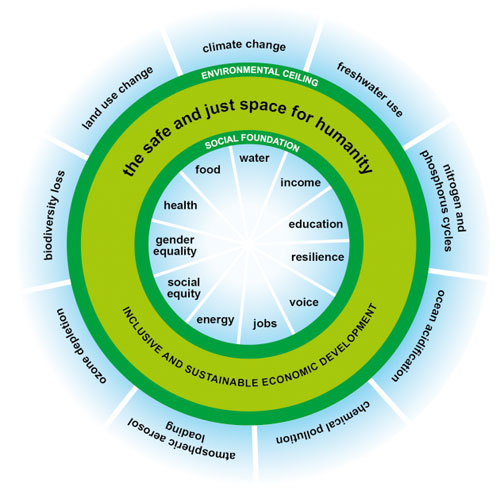
The inner boundary consists of the “social foundation” — basic human essentials such as food, water, energy security and gender equality. The doughnut sets a minimum base which must be achieved, below which lies human depravation.
The outer boundary constitutes the “environmental ceiling” of our planet’s nine biophysical systems including the climate, ozone layer, ocean, and freshwater sources. Leading scientists have warned that crossing the critical threshold of these nine areas could lead to drastic and irreversible changes to our environment.
“The space in between the two boundaries — the doughnut — is where inclusive and sustainable economic development takes place,” states Raworth.
Although sustainable development has been talked about since 1987, Raworth’s ideas are noteworthy as she combines two important frameworks — human rights and environmental sustainability.
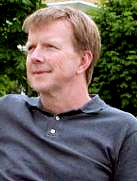
After all, as noted by Oxfam Head of Research Duncan Green, “an environmentally safe space could be compatible with appalling poverty and injustice”. Conversely, surging economic development could lead to devastating environmental effects.
Therefore, it is essential to incorporate both frameworks into the concept of sustainable development.
“Human rights advocates have long focused on the imperative of ensuring every person’s claim to life’s essentials, while ecological economists have highlighted the need to situate the economy within environmental limits.
“The framework brings the two approaches together in a simple, visual way, creating a closed system that is bounded by human rights on the inside and environmental sustainability on the outside,” writes Raworth.
The Oxford economics graduate notes that conventional economic indicators such as GDP growth have failed to take into account the social and environmental impact of economic activities.
“Within this framework, social and environmental stresses are no longer portrayed as economic ‘externalities’. Instead, the planetary and social boundaries are the starting point for assessing how economic activity should take place,” she states.
She adds that our economies should focus on bringing humanity within the doughnut – to eradicate poverty, social inequality and increase human well-being within planetary limits.
“[The doughnut] implies no limit on increasing human well-being; indeed, it is within this safe and just space that humanity has the best chance to thrive,” she thinks.
The doughnut in Malaysia
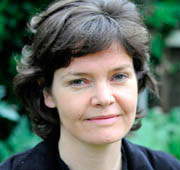
Raworth’s ideas build on existing ones that take into account other indices besides economics and production to demonstrate well-being. Indicators like the Gross National Happiness Index developed by Bhutan and the Happy Planet Index introduced by UK’s New Economics Foundation have emerged in recent years to measure human well-being and environmental sustainability in development.
But by using Raworth’s doughnut, it becomes clear that Malaysia, with its addiction to mega projects, is still trapped in the old mindset of pursuing “economic growth” per se, causing local communities’ needs and environmental concerns to take a backseat.
In Sarawak for example, the state government said constructing 12 mega dams as part of its Sarawak Corridor of Renewable Energy initiative would spur more economic growth. However, indigenous communities are up in arms as they would be displaced from their ancestral homes and have formed a Save Rivers Network to rally against the dams.
The dams have little to do with the communities who will be displaced. They are expected to power up energy-intensive industries such as aluminium smelting plants and create jobs for locals, or migrants, where the industries would be located.
To apply Raworth’s doughnut, the dams’ construction stresses both the inner social boundary and the outer environmental boundary. While it may create jobs, it would destroy the indigenous communities‘ livelihoods, cultures and heritage, as well as submerge large areas of forests and wildlife habitat.
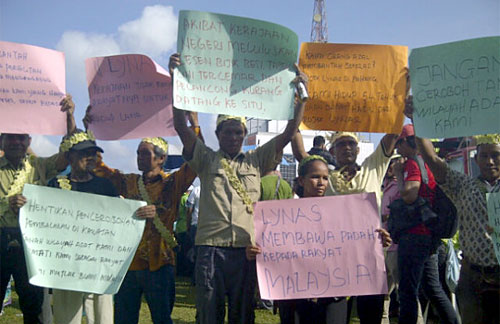
If Raworth’s concept were to be applied, the policymakers should weigh heavily the views and needs of the indigenous communities involved. Whether they would benefit from the dam project, for example, by being hired by the industries the dams benefit. And more importantly, whether they have any desire to work in those factories.
Raworth’s inner boundary cites “voice” as one of the social foundations. Policymakers would have to respect indigenous communities’ rights and let them determine the kind of economic, social and cultural development they desire, as recognised under the United Nations Declaration on the Rights of the Indigenous Peoples.
Lynas and the doughnut
Similar considerations need to be made in the Lynas case. Yes, Lynas will create jobs and bring in foreign direct investment. But is this needed to raise the surrounding communities’ social foundation — to provide better income, education, health and jobs — or can this be done through other means?
On the environment side, large amounts of water are needed to process the rare earths ore. Would the water be treated before it is released back to the rivers and ocean? How would it impact local fisheries? And what about the radioactive waste? Will it be stored next to the refinery, since Australia has refused to take it back? What steps are being taken to prevent radiation pollution?
Malaysian policymakers may not have heard of Raworth’s “doughnut of justice” as dubbed by US environmental news portal Grist. But what is clear from it is that more questions need to be asked and answered by our authorities to justify their approval of the Lynas refinery. More public consultation should have been done and is still needed. More information is required.
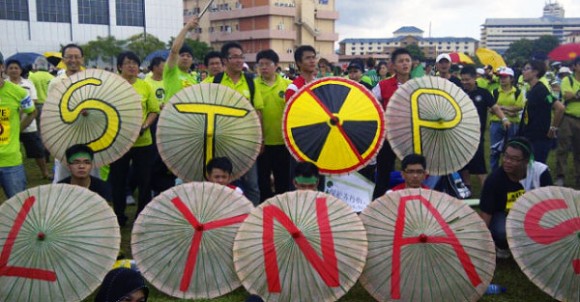
The same principles need to be applied for other projects that have a significant impact on local communities and the environment, such as whether or not Malaysia will go nuclear in 2013 or early 2014.
We’ve gone past the age of “the government knows best”. Transparency and accountability are essential in any government decision-making processes in sustainable development. As Grist environmental writer David Roberts points out when commenting on Raworth’s doughnut, development should no longer focus solely on economic growth, “but what kind of growth and to whose benefit?” ![]()
Gan Pei Ling thinks Raworth’s doughnut of justice should be introduced to all policymakers in Malaysia.
[related-posts]

